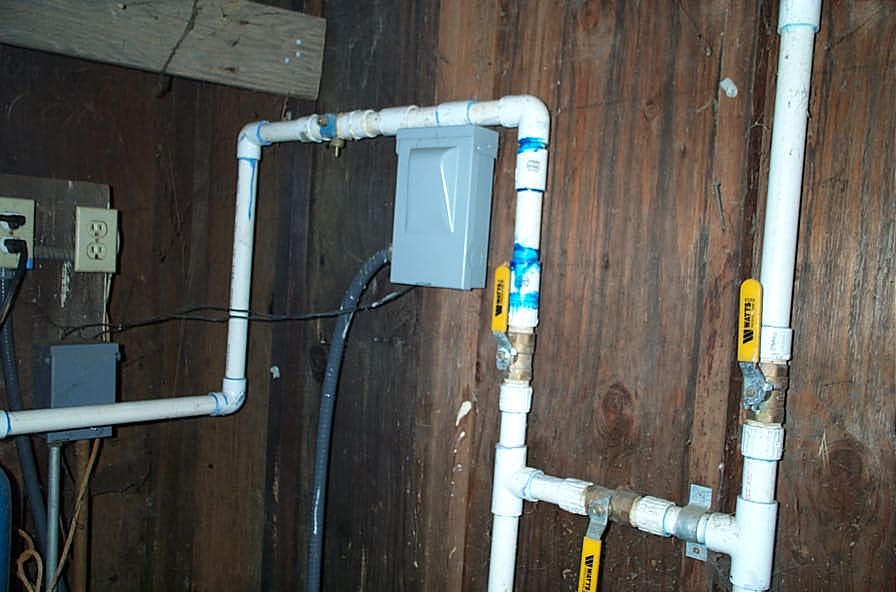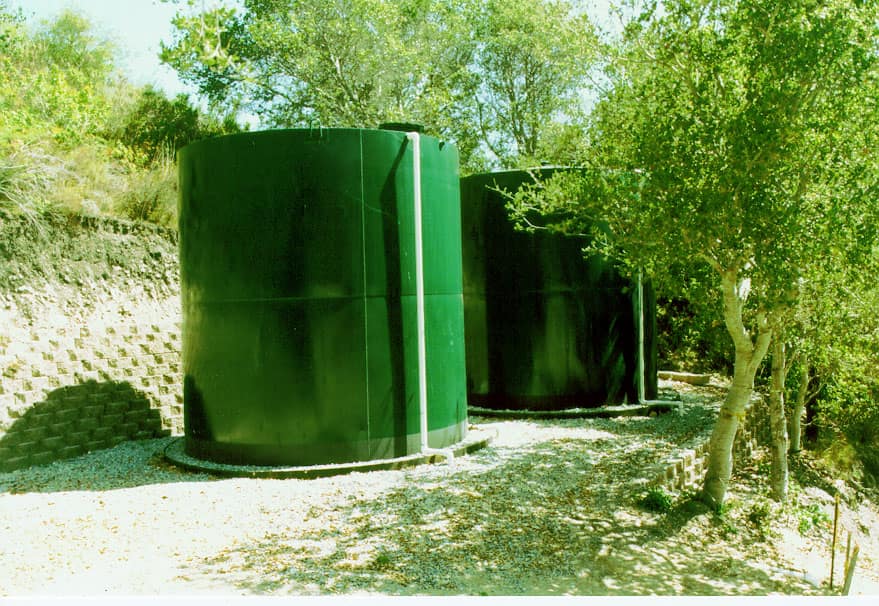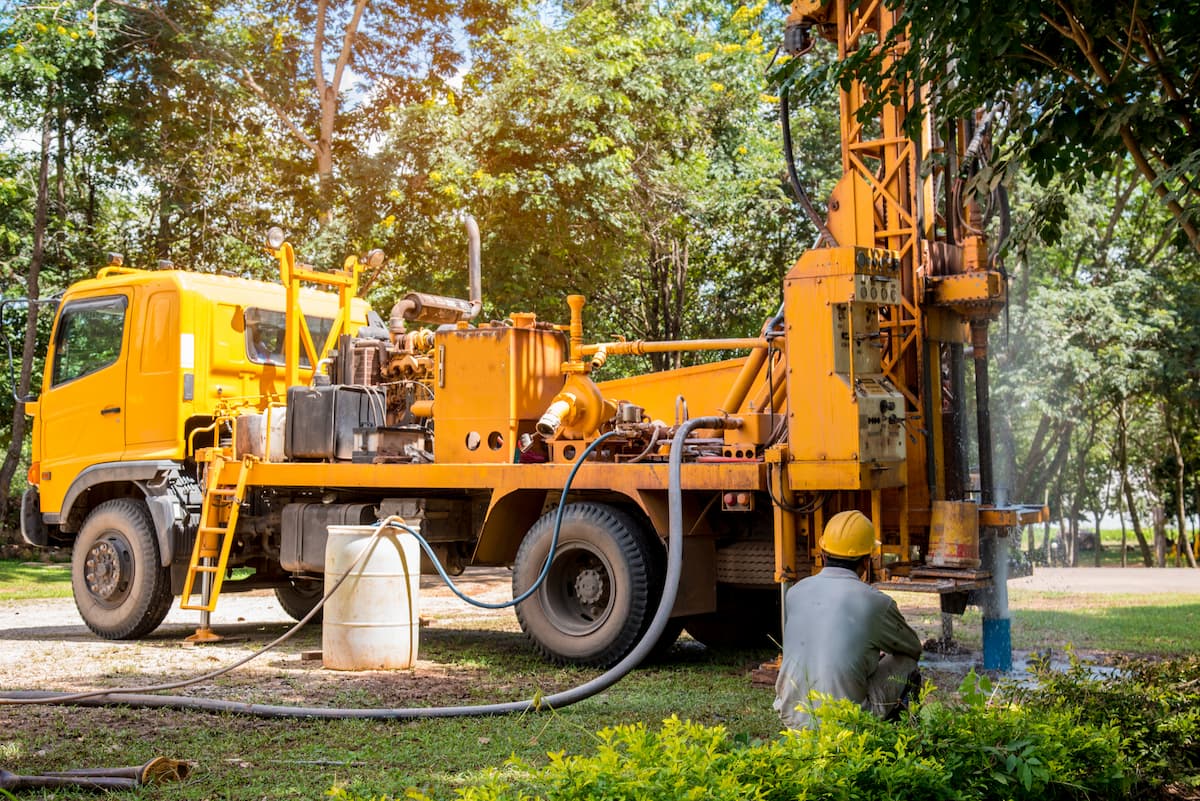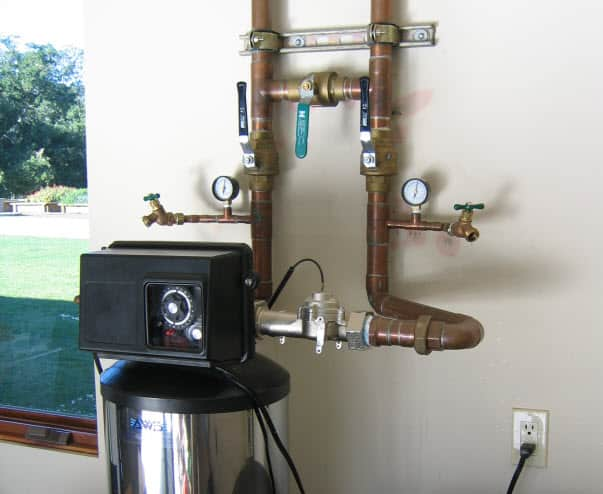Pipe Sizes
Knowing your pipes' sizes is crucial to selecting or installing the right water treatment system for your well and plumbing system. Unfortunately, the sea of pipe sizes can be a bit tricky to navigate, due to the fact that pipe sizes don't actually reflect their true dimensions.

The reason for this – for those interested – is that when pipe sizes were standardized by the American Standards Association back in 1927 there were only 3 wall thicknesses in wide use.
These 3 thicknesses obviously didn't fit all applications, so a system of schedule numbers was created to delineate half-steps between these 3 thicknesses. Over time these schedule numbers began to deviate from the wall thickness sizes they were meant to represent, but the system stuck.
Nowadays, we refer to pipes by their nominal sizes – 3/4″, 1″, etc. While generally close in measurement, these sizes don't necessarily reflect either the inside or outside diameter of the pipe.
Luckily, finding the size of your pipes isn't very hard at all:
2.75″ (70mm) = 3/4″ pipe
3.53″ (90mm) = 1″ pipe
4.32″ (110mm) = 1 1/4″ pipe
5.10″ (130mm) = 1 1/2″ pipe
3.25″ (83mm) = 3/4″ pipe
4.00″(102mm) = 1″ pipe
5.00″(127mm) = 1 1/4″ pipe
6.00″(152mm) = 1 1/2″ pipeFlexible (usually black) Polyethylene Pipe
2.96-3.33″ (75-85mm) = 3/4″ pipe
3.74-4.24″ (95-108mm) = 1″ pipe
4.90-5.57″ (124-141mm) = 1 1/4″ pipe
5.70-6.28″ (145-160mm) = 1 1/2″ pipe














